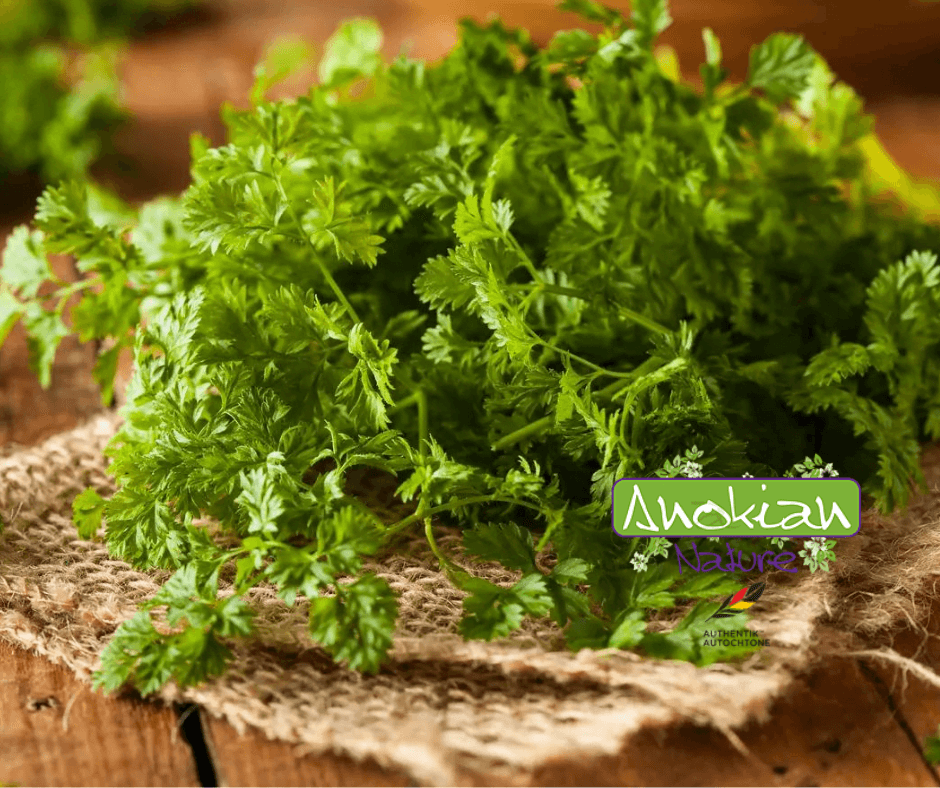Skip to product information










Seed | Common Chervil
$3.99 CAD
Quantity
Common Chervil (Anthriscus cerefolium) seeds with delicate, aromatic leaves, ideal for French cuisine. This easy-to-grow annual thrives in partial shade and moist soil.